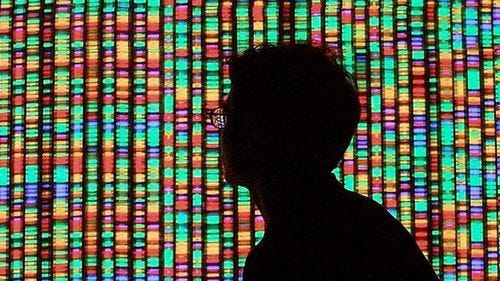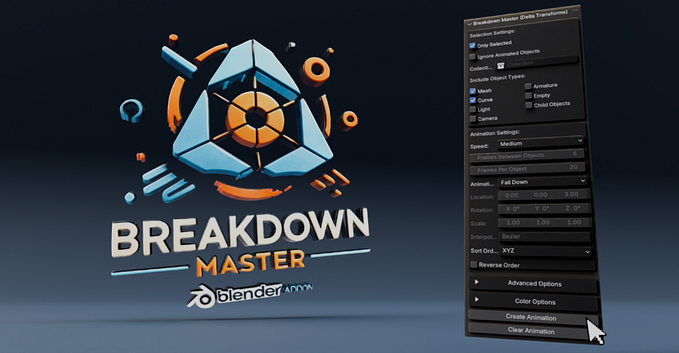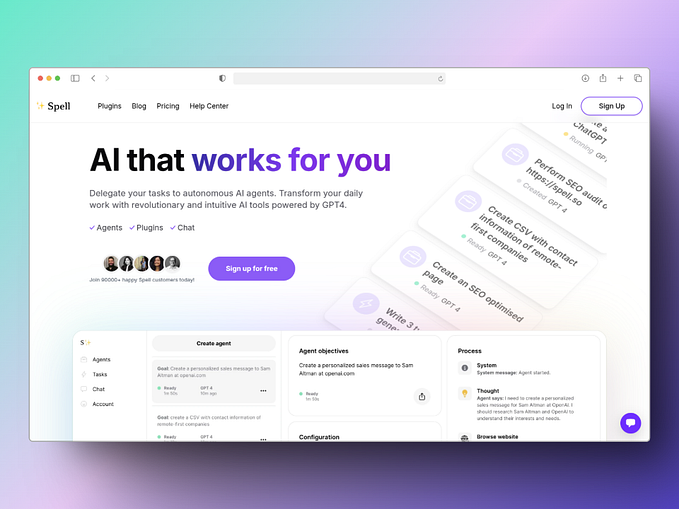The Art of Code
How to turn your coding skills into art

Art making is often associated with concepts like freedom, expressiveness, ambiguity, and colorful. Coding on the other hand is described as systematic, organized, scientific, and rigid. I have heard many people say that they cannot learn to code because they too “left-brained” or that they cannot do art because they are too “right-brained.” Increasingly, the blurring of the lines between these pursuits is encouraged and celebrated. Here you will see that software engineers and artists have more in common than it may seem.
I have always been fascinated by the intersection between coding and art, which led me to join Artsy in 2015, the leading tech company in the fine art industry. As I am moving from the art world to the world of software engineering through the Flatiron School’s software engineering boot camp, I am discovering even more parallels between them.
Coding is Creative
Solving problems with code involves an immense amount of creativity. When a developer architects the structure of a program and infuses each step of the process with specific design choices, they are being creative. Any software developer has experienced code that is beautiful. When code is simple, intuitive, and logical, it evokes a sense of harmony — a feeling I have heard many developers struggle to articulate, similar to how one might have difficulty talking about why one does (or does not) like a work of art.
Like art, the “beauty” of code is subjective. Two code bases can have identical functionality, look entirely different, and be pleasing to different people. I have heard developers argue passionately for specific conventions, concepts, and languages. Essentially, they are arguing over taste, again a concept fundamental to experiencing art.
Art and the Internet
The intersection between art and coding has grown more intimate over the last couple of decades as coding and the internet have been used as a medium for art creation. “Net Art” emerged as a contemporary art movement in the 1990s to signify art created using online tools including code. As the internet became more popular during that time, the new technology became a mode of art expression. Now we see coding used to create art both within the confines of the traditional art world and well beyond.

Examples include:
- The announcement from the top art auction house Christie’s that they will sell the world’s first mixed reality art work by Marina Abramović in October 2020

- World-renowned new media artist Nam June Paik’s recent exhibition at the Tate Modern in London

- PaceX, a new initiative by top international art gallery Pace, to support projects at the intersection of art and technology

- teamLab, a 500+ artist and engineering collective, who created a massive immersive digital playground and art installation in Tokyo

- Art installations at Burning Man
Try it For Yourself with Processing
Hopefully these examples give you a sense of what is possible at the intersection of art and code. Whether you identify as an engineer or an artist, a great starting point to explore this nexus is a program called Processing. Processing is a programming language, an open-source graphical library, and integrated development environment. Its history is rooted in education but its applications have spanned art exhibitions, science labs, and music videos. Processing is often described as a way to teach non-programmers the fundamentals of code, which I agree with — Processing was one of my first entry points to writing code — but it also empowers experienced developers to create visual art using code.
You can download Processing here: https://processing.org/download/









